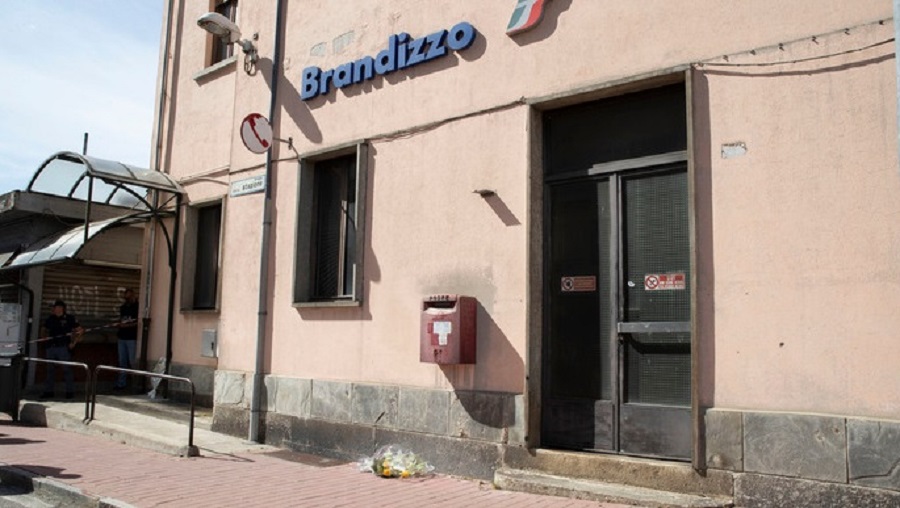Prosecutors in Ivrea have concluded their investigation into the 2023 Brandizzo rail tragedy, confirming that the initial hypothesis of voluntary homicide with eventual intent has been dismissed. A total of 24 suspects, 21 individuals and three companies, now face charges of manslaughter in connection with the deaths of five railway workers.
The victims – Giuseppe Aversa, Kevin Laganà, Saverio Giuseppe Lombardo, Giuseppe Sorvillo, and Michael Zanera – were employees of maintenance contractor Sigifer. They were killed on the night of 30 August 2023 when a train travelling at 160 km/h struck them as they carried out routine maintenance on the tracks at Brandizzo station, near Turin. The train was operating on the Milan-Turin line.
The companies under investigation are Rete Ferroviaria Italiana (RFI), which manages the railway infrastructure; Sigifer, based in Borgo Vercelli; and CLF, a Bologna-based firm active in rail construction and maintenance. Investigators believe serious procedural failings led to the fatal accident.
Initial reports revealed that work on the tracks began before the scheduled safety clearance had been confirmed. According to black box data and radio communication logs, a phone call meant to authorise the start of work was never completed, yet the team had already been deployed on the line. The train’s driver, unaware of any obstruction, was unable to stop in time.
Charge of voluntary homicide dropped to manslaughter
The Ivrea prosecutor’s office initially considered a possible charge of voluntary homicide with eventual intent, suggesting that some individuals may have knowingly exposed the workers to fatal risk. However, after nearly two years of inquiry, that charge has been dropped in favour of manslaughter, which still carries significant legal weight in Italy.
The 24 suspects include senior staff from the companies involved, as well as railway officials responsible for safety protocols and coordination. Among the alleged failings are poor communication, absence of proper signalling, and violations of national railway safety rules.
The tragedy shocked Italy and triggered widespread criticism of safety standards on the country’s railways. In the days following the incident, trade unions held nationwide protests and demanded structural reforms in the management of rail maintenance contracts. Several parliamentary inquiries were launched, and the government pledged to increase inspections and oversight of subcontracted works.





